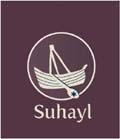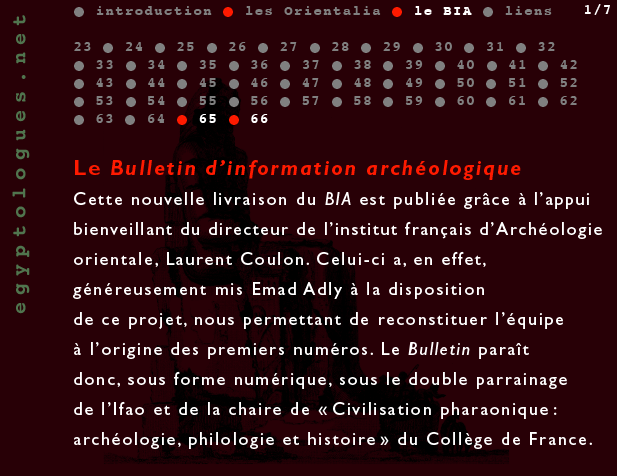Revista Numismática Hécate
ISSN: 2386-8643
ISSN: 2386-8643
¡Bienvenidos todos a la nueva revista de numismática Hécate!
La revista Hécate debe su nombre a la diosa griega tricéfala, que representa las diferentes formas de entender el mundo y el ser humano en su necesidad de transmitir Historia. Así Hécate nos muestra una encrucijada de conocimientos, de nuevos caminos y tendencias que debemos recorrer; senderos que nos llevarán a comprender y abordar el saber desde una perspectiva libre y globalizadora en esta nueva época de cambio y tecnología.
• Número 2
- Revista completa en PDF: link 1, link 2 y link 3
- Portada, equipo, sinopsis e índice
ARTÍCULOS• Análisis iconográfico de las monedas de Alejandro Magno y los DiádocosGarcía García, Cristina (pp. 1-52)
• A raíz de un divisor argénteo de probable atribución a Malaka aparecido junto a un tartemorion gaditano en Cástulo
Martínez Chico, David (pp. 53-59)
• Eusti/Eustibaikula, una ceca del interior catalán
Amela Valverde, Luis (pp. 60-70)
• De nuevo sobre la serie RRC 235 de SEX•POMAmela Valverde, Luis (pp. 71-85)
• Tres posibles nuevas variantes inéditas de moneda provincial hispana depositadas en el Museo de CuencaGozalbes García, Helena (pp. 86-92)
• Las monedas de bronce de Cn. Pompeyo hijo y Sexto Pompeyo (RRC 471/1, 478/1 Y 479/1)
Amela Valverde, Luis (pp. 93-118)
• La enigmática figura de Suniefredo a la luz de sus emisiones monetales
Castillo Lozano, José Ángel (pp. 119-124)• Learn to differentiate nine jitals
Palomares Bueno, Francisco (pp. 125-146)
• Hipótesis sobre un morabetino de oro inédito de Enrique I de Castilla
Mozo Monroy, Manuel (pp. 147-174)
• La circulación de la moneda española en el norte de África y Levante en la Edad ModernaCano Borrego, Pedro Damián (pp. 175-188)RECENSIONES• Chaves Tristán, Francisca y Pliego Vázquez, Ruth: “Bellum et argentum. La Segunda Guerra púnica en Iberia y el conjunto de monedas y plata de Villarrubia de Los Ojos (Ciudad Real)”. Universidad de Sevilla, Sevilla, 2015.López Sánchez, Fernando (pp. 189-191)
• Guest, Peter S. W.: “The Late Roman Gold and Silver Coins from the Hoxne Treasure”. The British Museum Press, Londres, 2005.González García, Alberto (pp. 192-196)
• Cunietti-Ferrando, Arnaldo: “La Casa de Moneda de Potosí durante las Guerras de la Independencia”. Academia Nacional de la Historia, Buenos Aires, 2014.
Blanco, Santiago (pp. 197-198)
• Paoletti, Emilio y Woolson, María Allessandra: “Re-engraving assayer’s initials in Potosi cobs”. Editorial Dunken, Buenos Aires, 2014.
Blanco, Santiago (pp. 199-200)
















